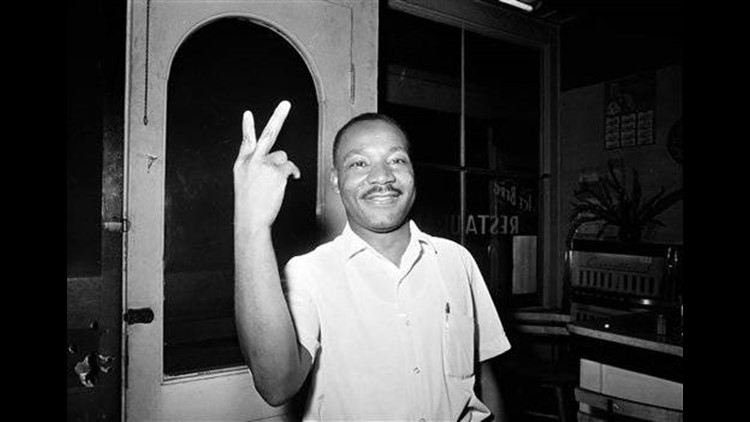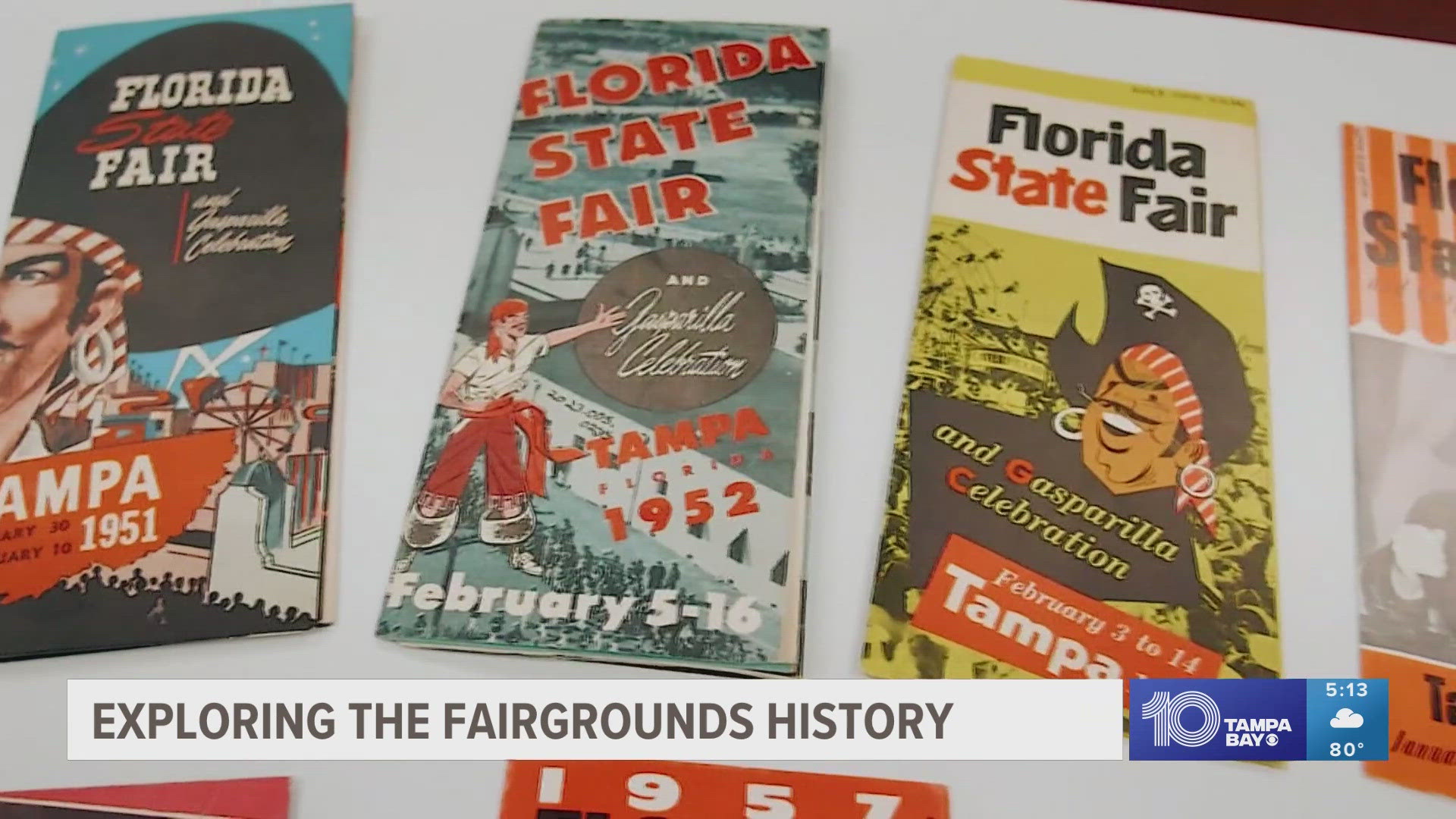ST. AUGUSTINE, Fla. — Florida’s role in the civil rights movement is often overlooked, but the racial tensions and violence that played out while Dr. Martin Luther King Jr. spent time in St. Augustine in 1964 helped spur the passage of the Civil Rights Act of 1964.
"Dr. King was very focused particularly on St. Augustine, and its juxtaposition of being the country's oldest city dealing with the country's oldest sin...in terms of the racial injustice and racial violence that was occurring in St. Augustine,” Earl Johnson Jr. of Jacksonville said.
Johnson’s father was an attorney for King in St. Augustine. He said King contacted him as he and the Southern Christian Leadership Conference strategized a campaign to shine a light on the racism within the city.
According to The Martin Luther King, Jr. Research and Education Institute at Stanford University, the goal of the campaign was to “lead to local desegregation,” and King hoped that “media attention would garner national support for the Civil Rights Act of 1964," which was then stalled in a congressional filibuster.
“Dr. King became particularly aware of the area and what was happening and we're talking about not just benign, Jim Crow, we're talking about racial violence happening,” Johnson explained, who also referenced the Ku Klux Klan’s heavy influence in the area at the time.
“This was an area where Black folks were absolutely oppressed,” he said.
King was arrested while trying to get served at the Monson Motor Lodge and also faced charges of civil disobedience. He and his attorney took action.
“They actually filed a federal lawsuit alleging that the sheriff's office did not protect the protesters, who many of them, [were] beaten savagely by small mobs of white men,” Johnson said.
“Dr. King, going to St. Augustine, it helped because of his prominence, it helped really focus attention on the difficulties that were being faced in the movement,” Rodney Kite-Powell, a historian at the Tampa Bay History Center, said. “…It really put a bad light on Florida.”
King understood that the May and June demonstrations in St. Augustine would call attention to why the Civil Rights Act of 1964 was necessary.
Images of attacks, like the iconic photo of the owner of the Monson Motor Lodge owner pouring acid into a pool of Black protesters, helped move the act forward.
Photographers captured a triumphant King making the peace sign with his fingers after the Senate passed the act in June. The peace sign, which also looks like a V, is said to have stood for victory.
President Lyndon B. Johnson signed the Civil Rights Act of 1964 into law on July 2, with King present.
“…So, Florida, and St. Augustine, our nation's oldest city, played a pivotal role in moving, not only bringing attention to some of the vicious practices of Jim Crow in the south but also in moving forward the important federal legislation of the Civil Rights Act of 1964,” Johnson explained.
You can tune into 10 Tampa Bay at 3 p.m. on Jan. 17, for "A King's Dream" where we take a deeper dive into Dr. Martin Luther King Jr.'s ties to Florida and the critical role our state played in the Civil Rights Movement.



